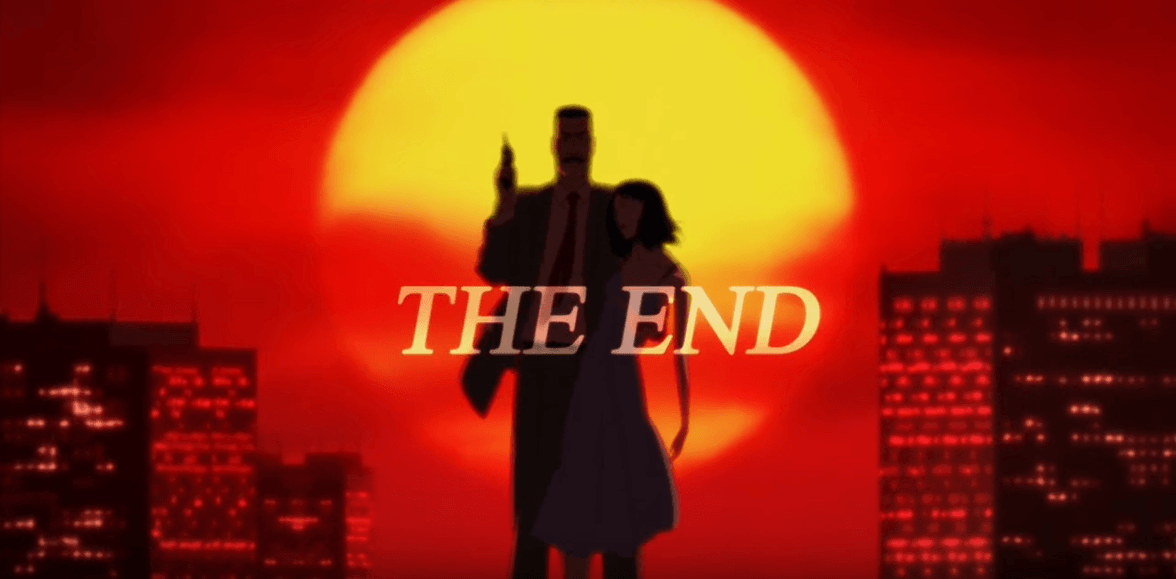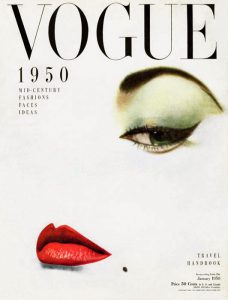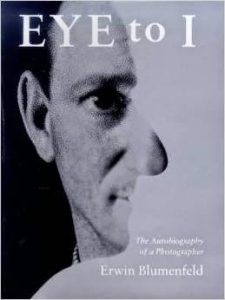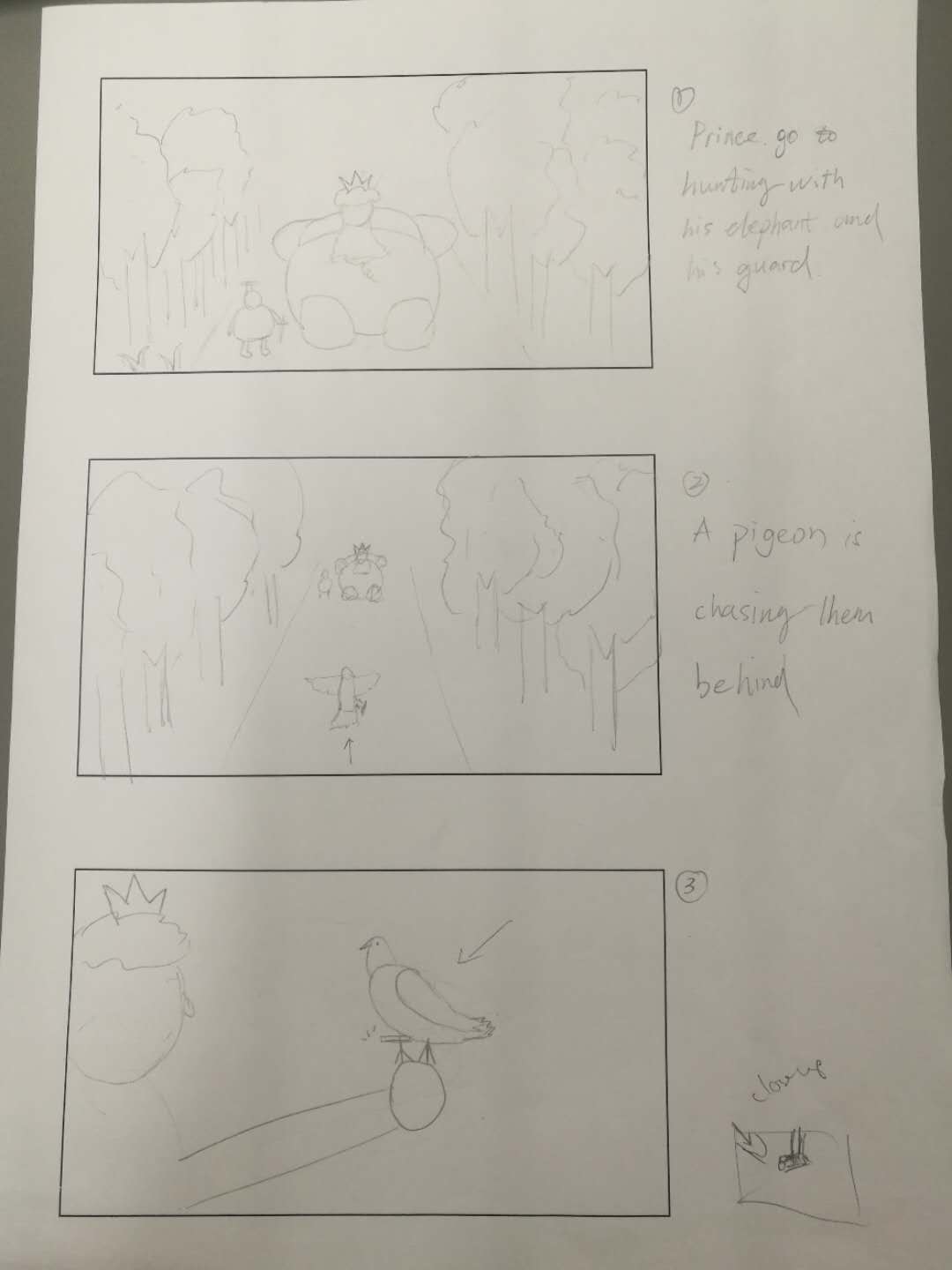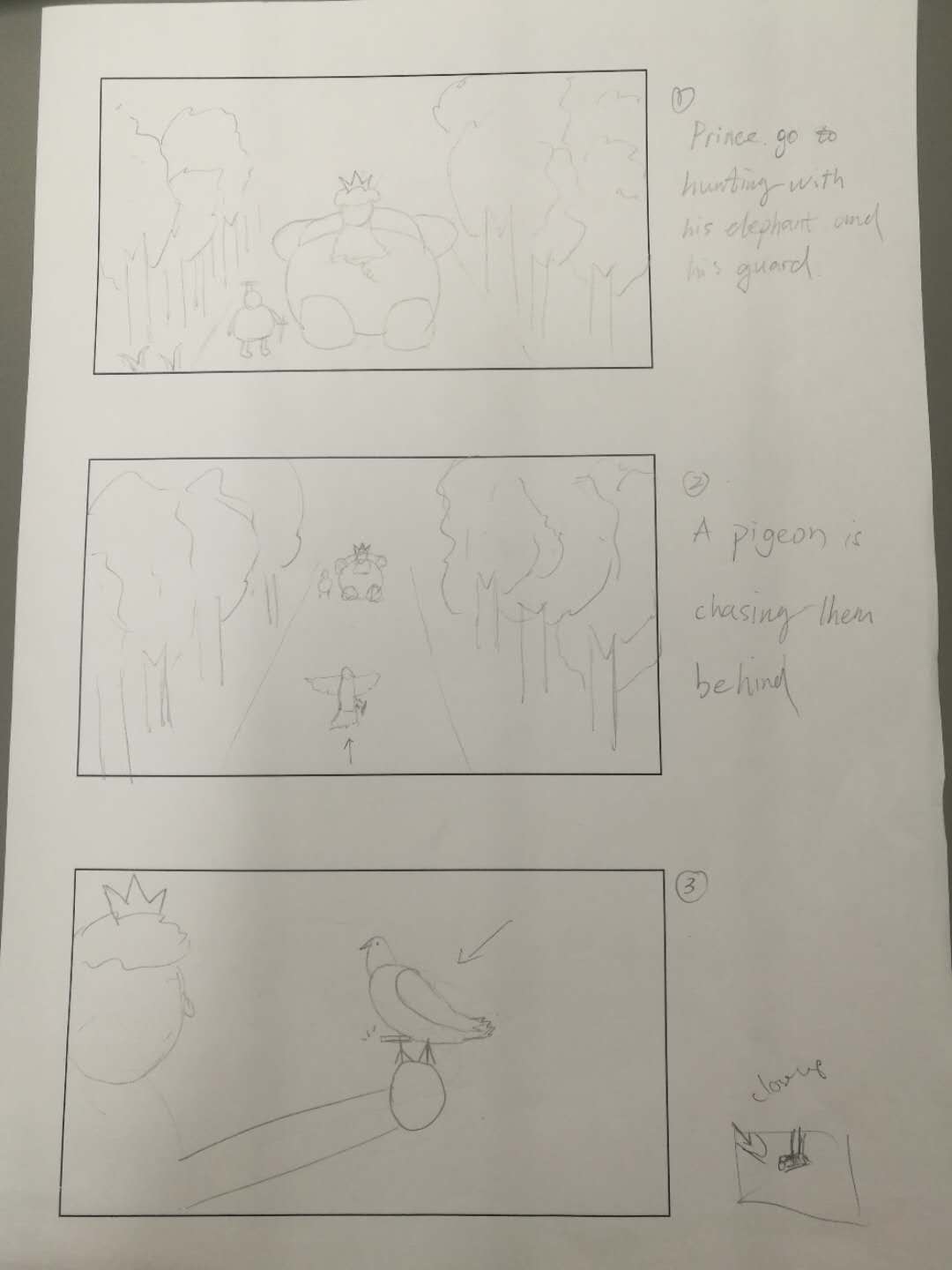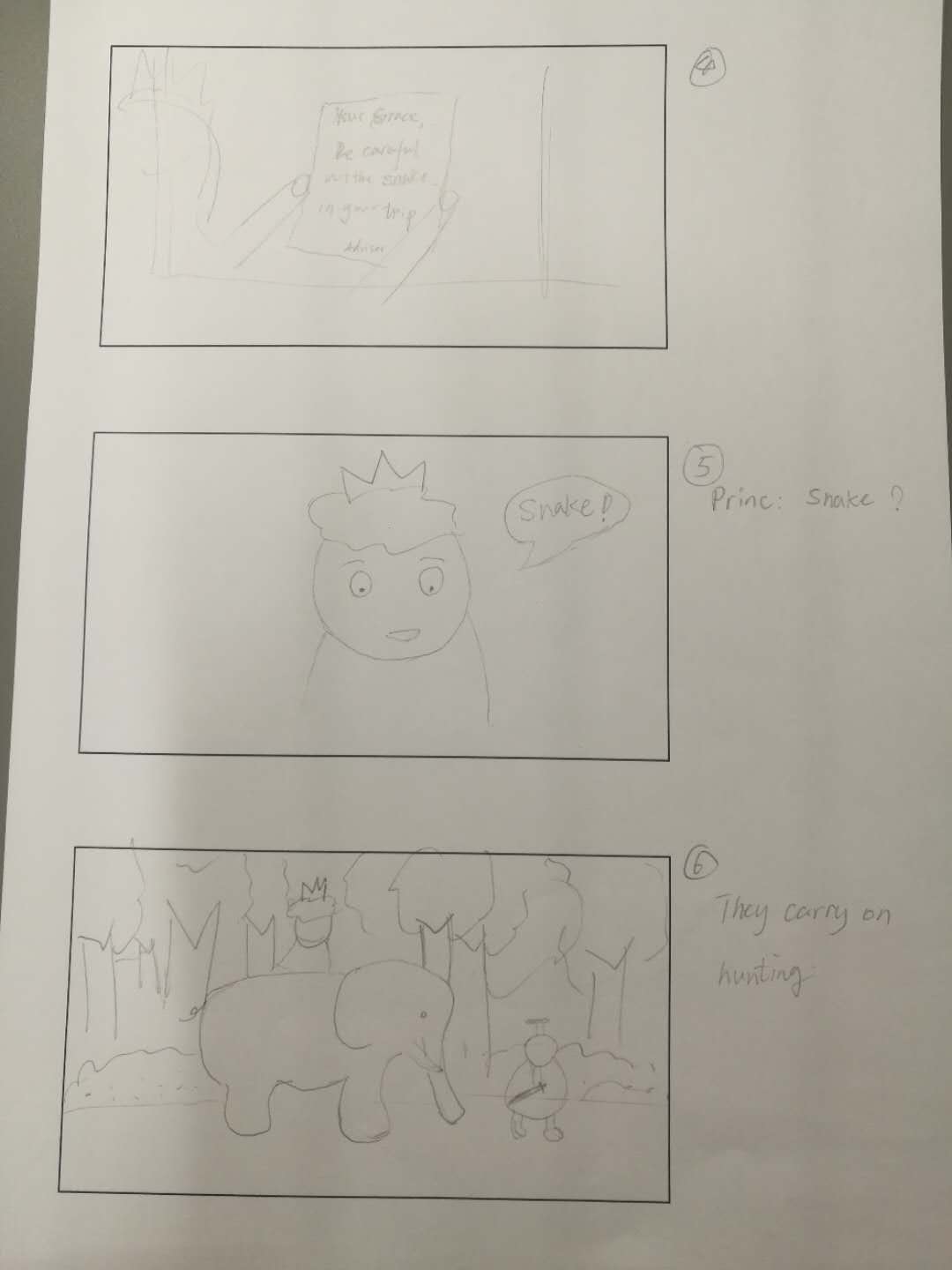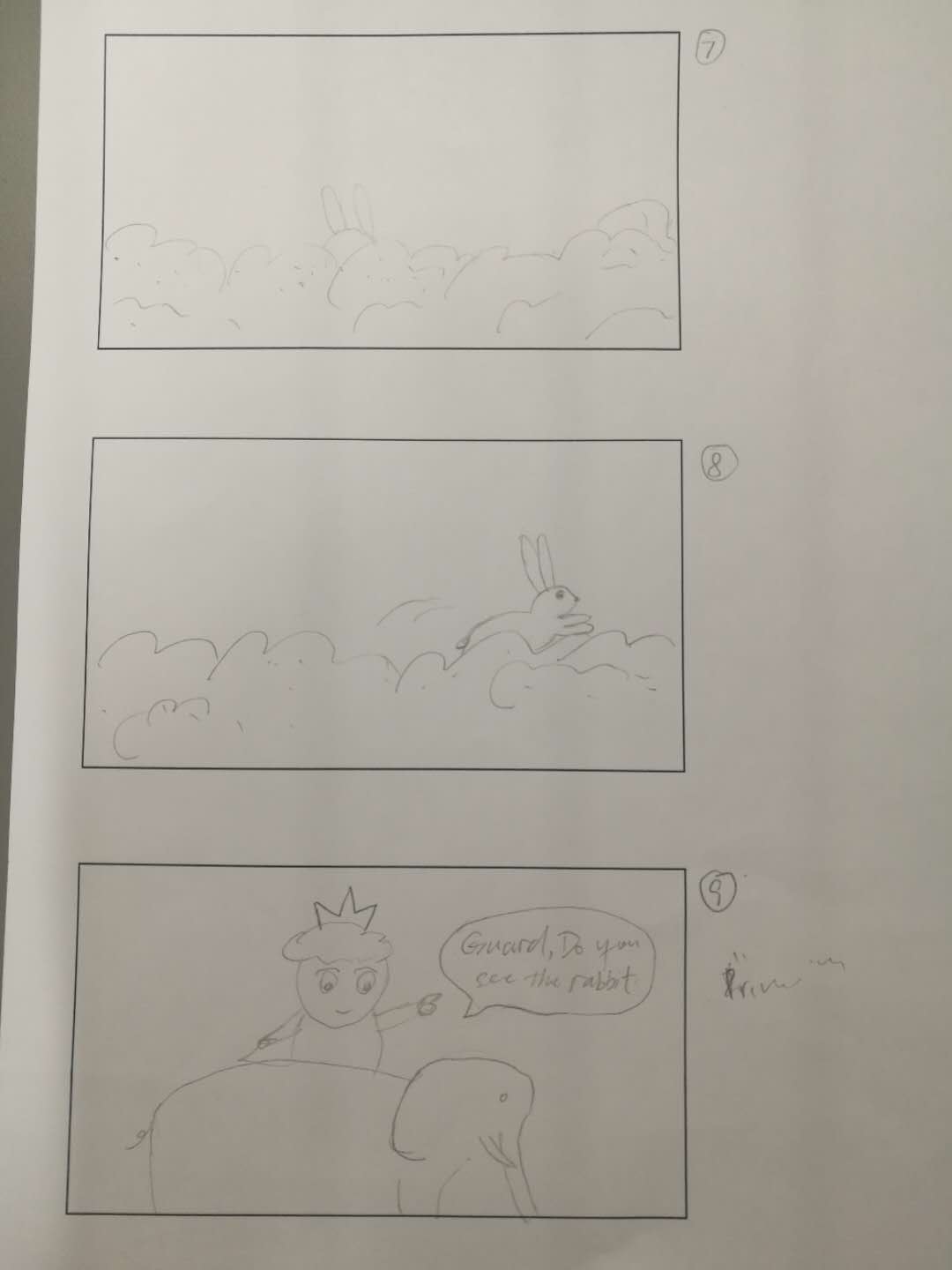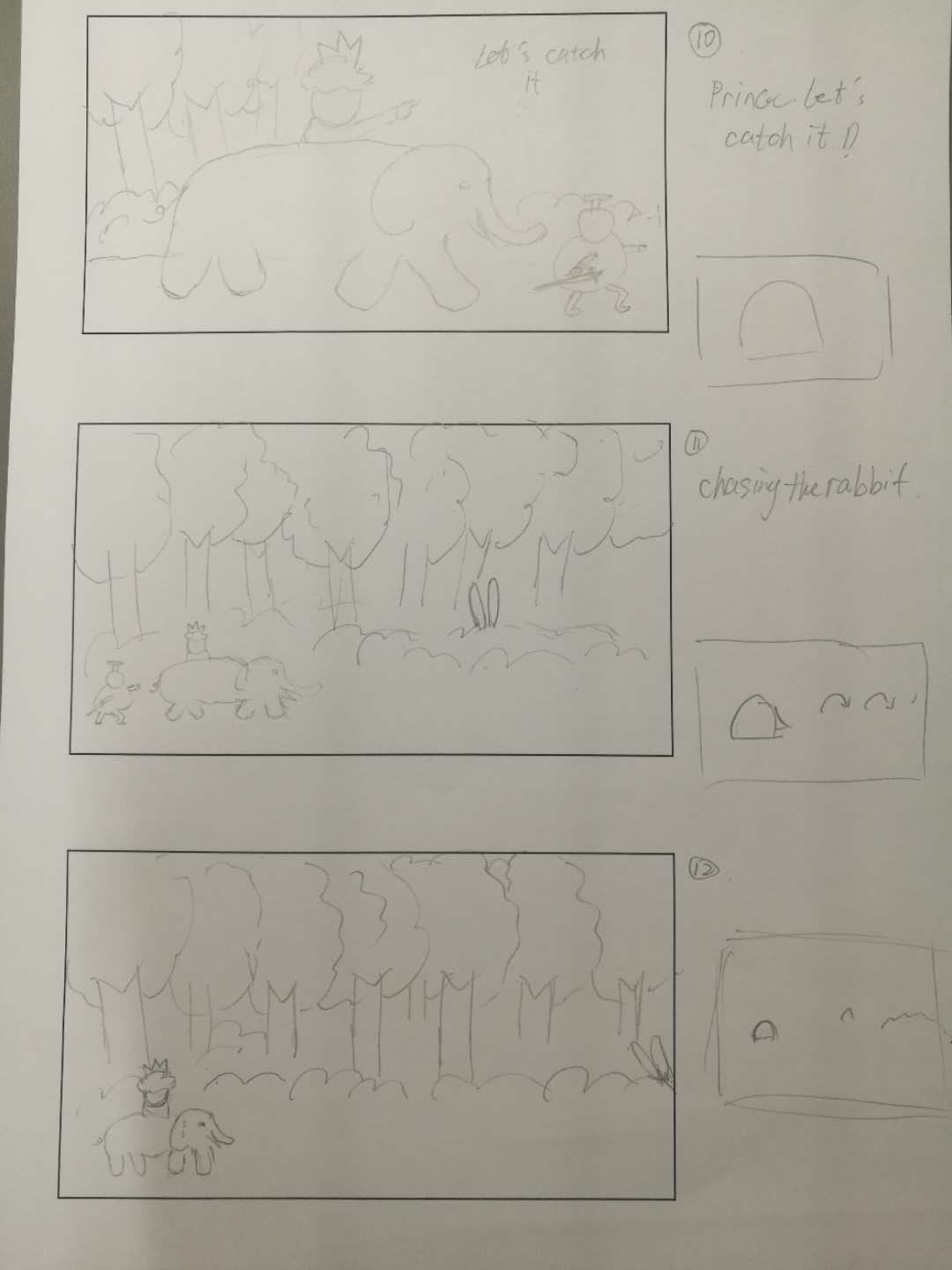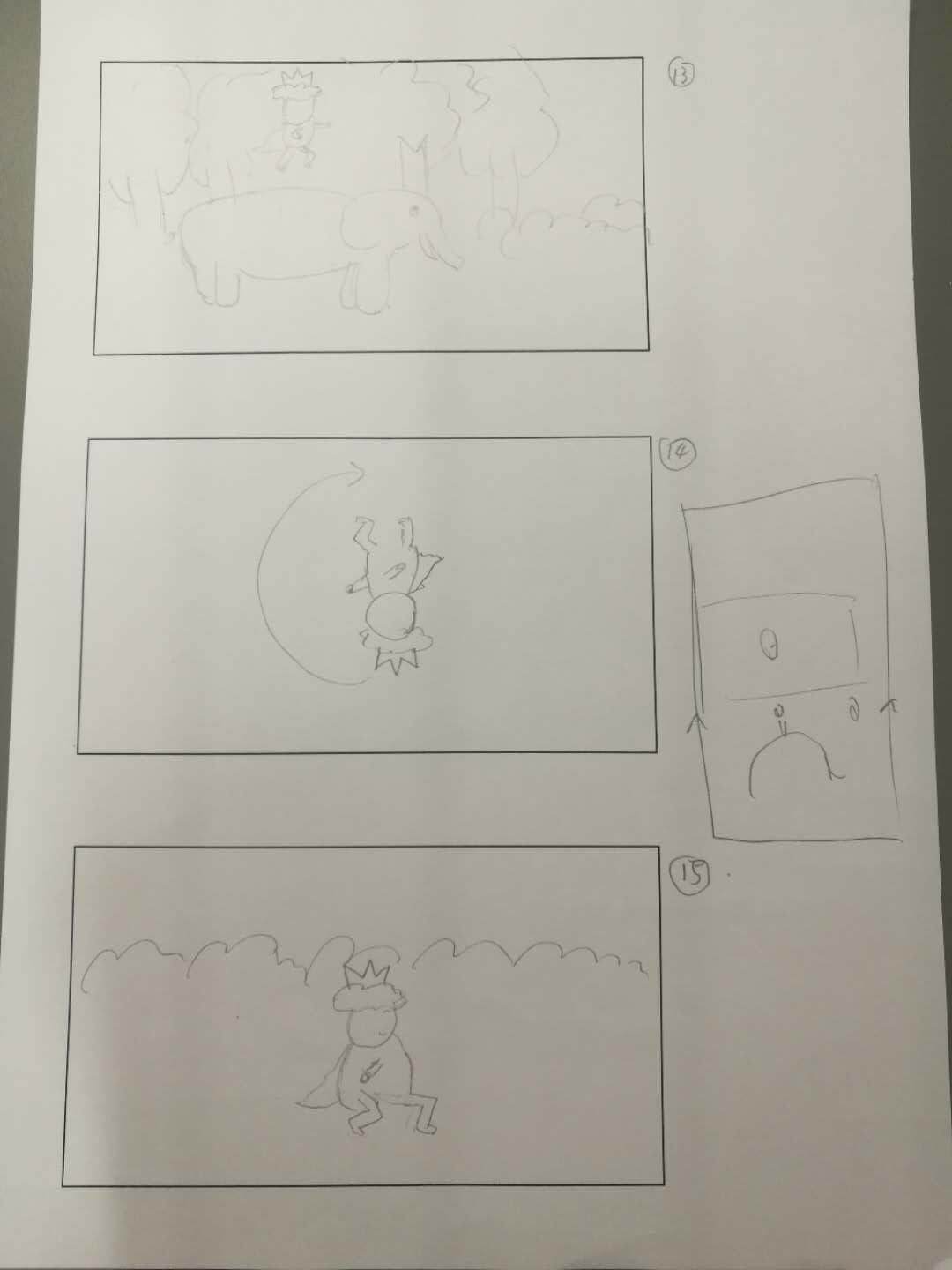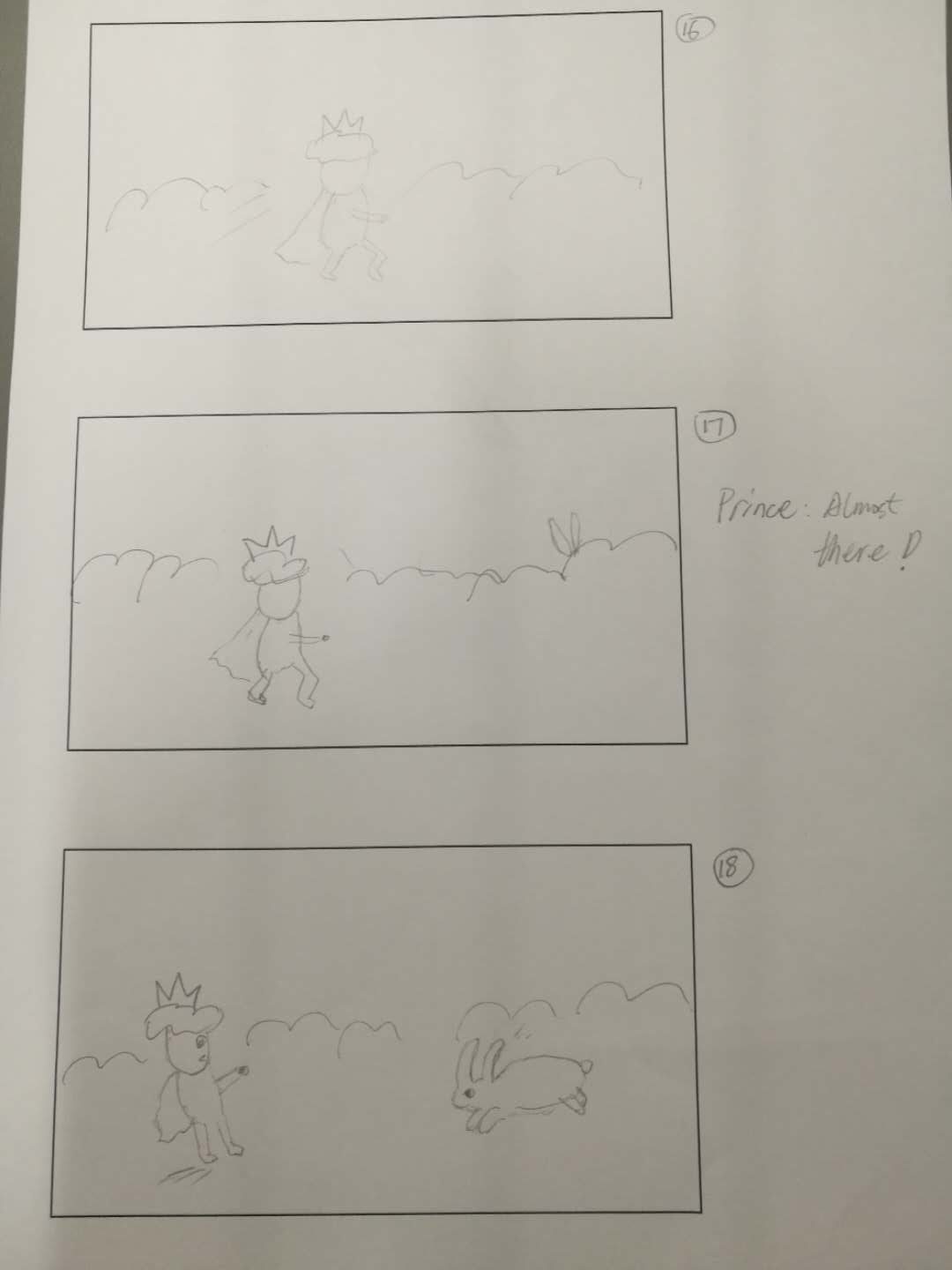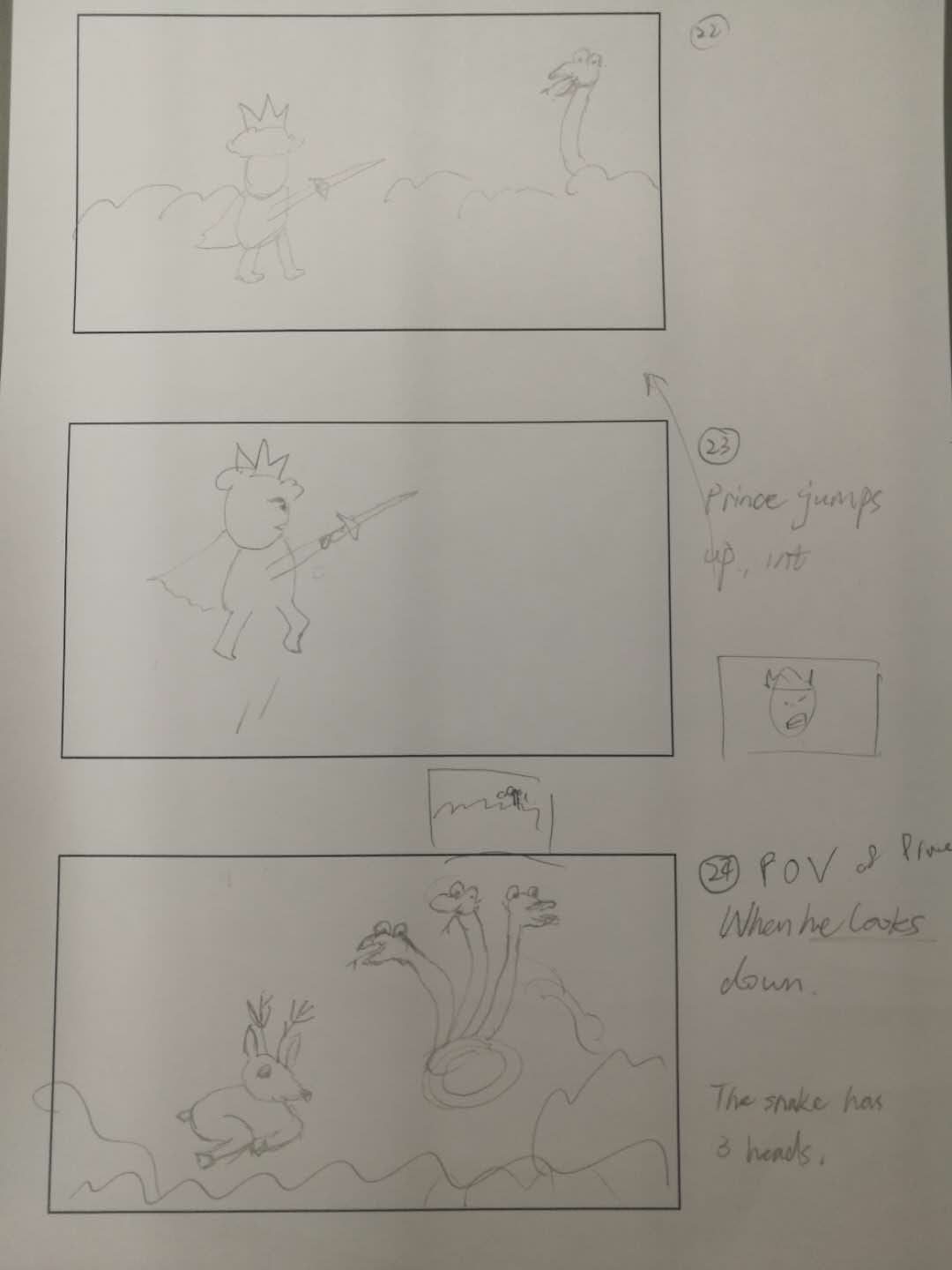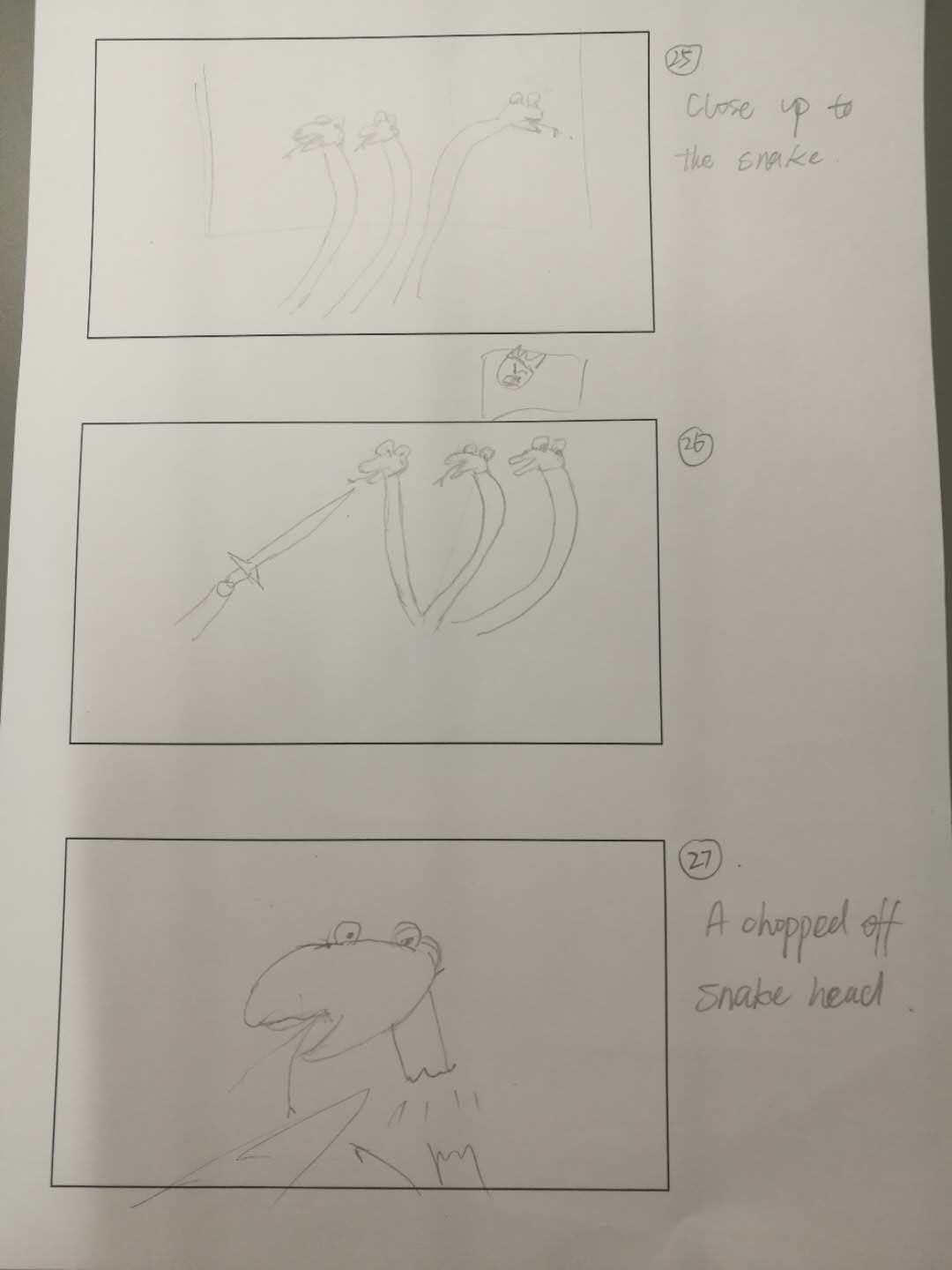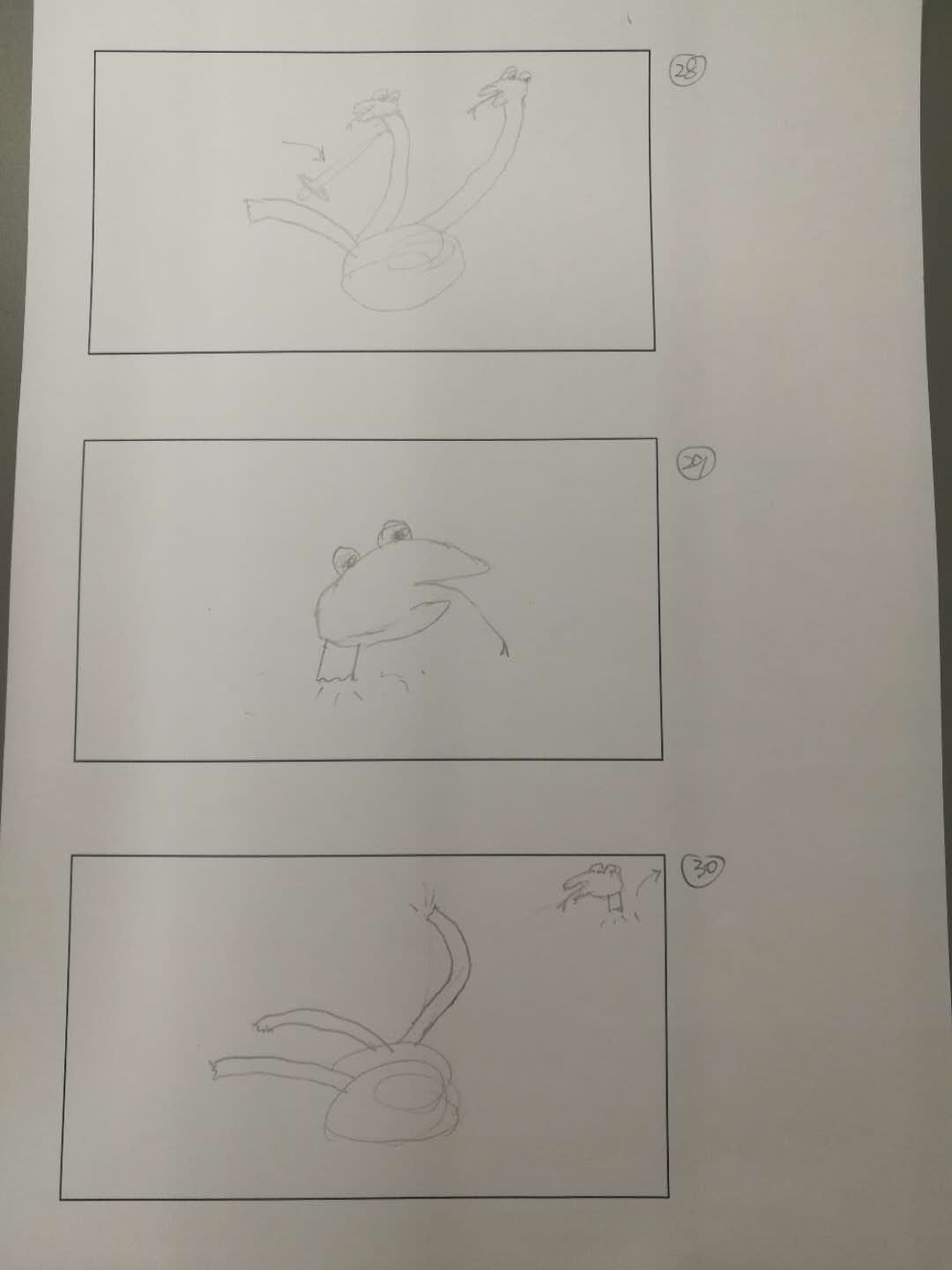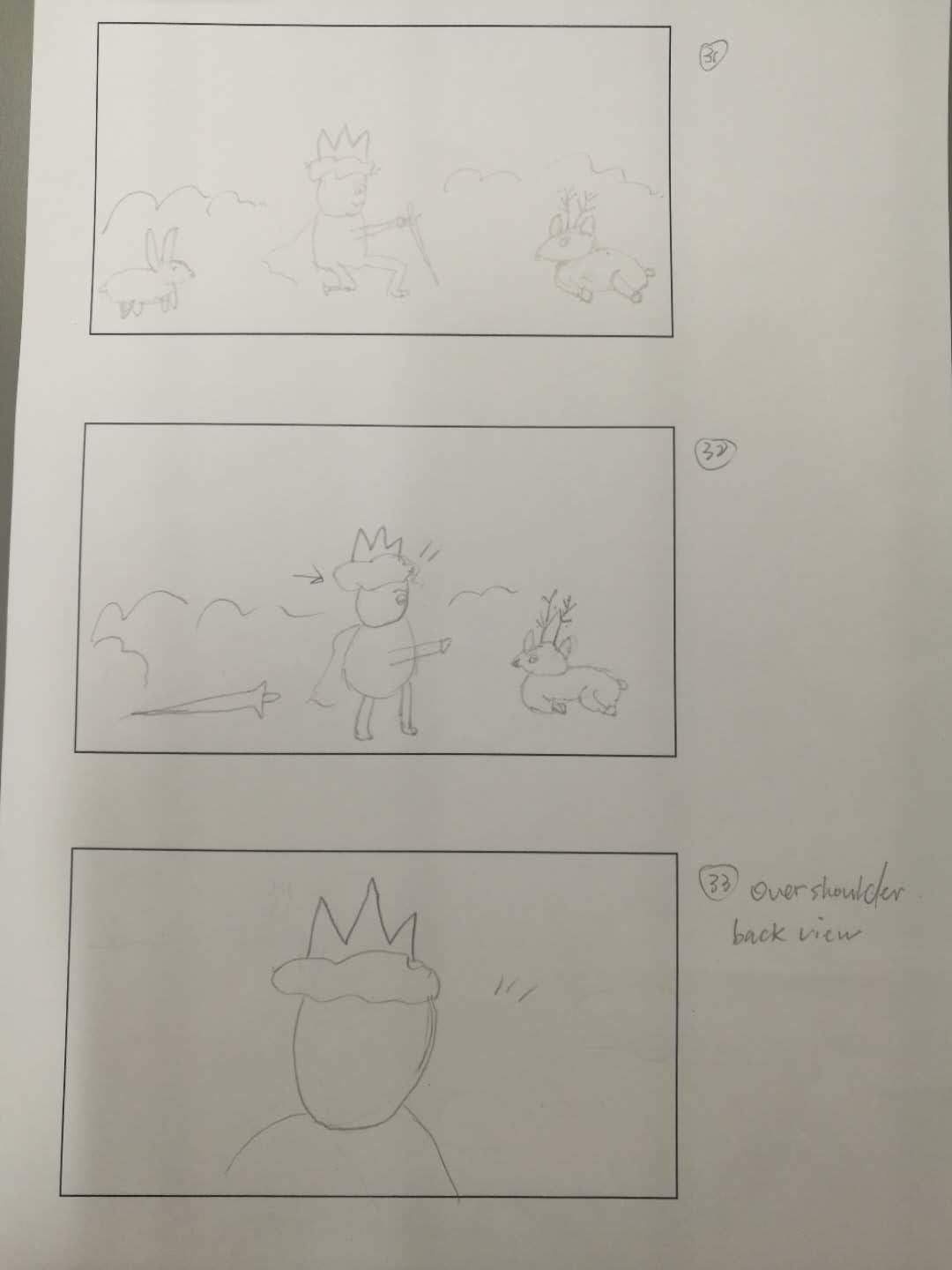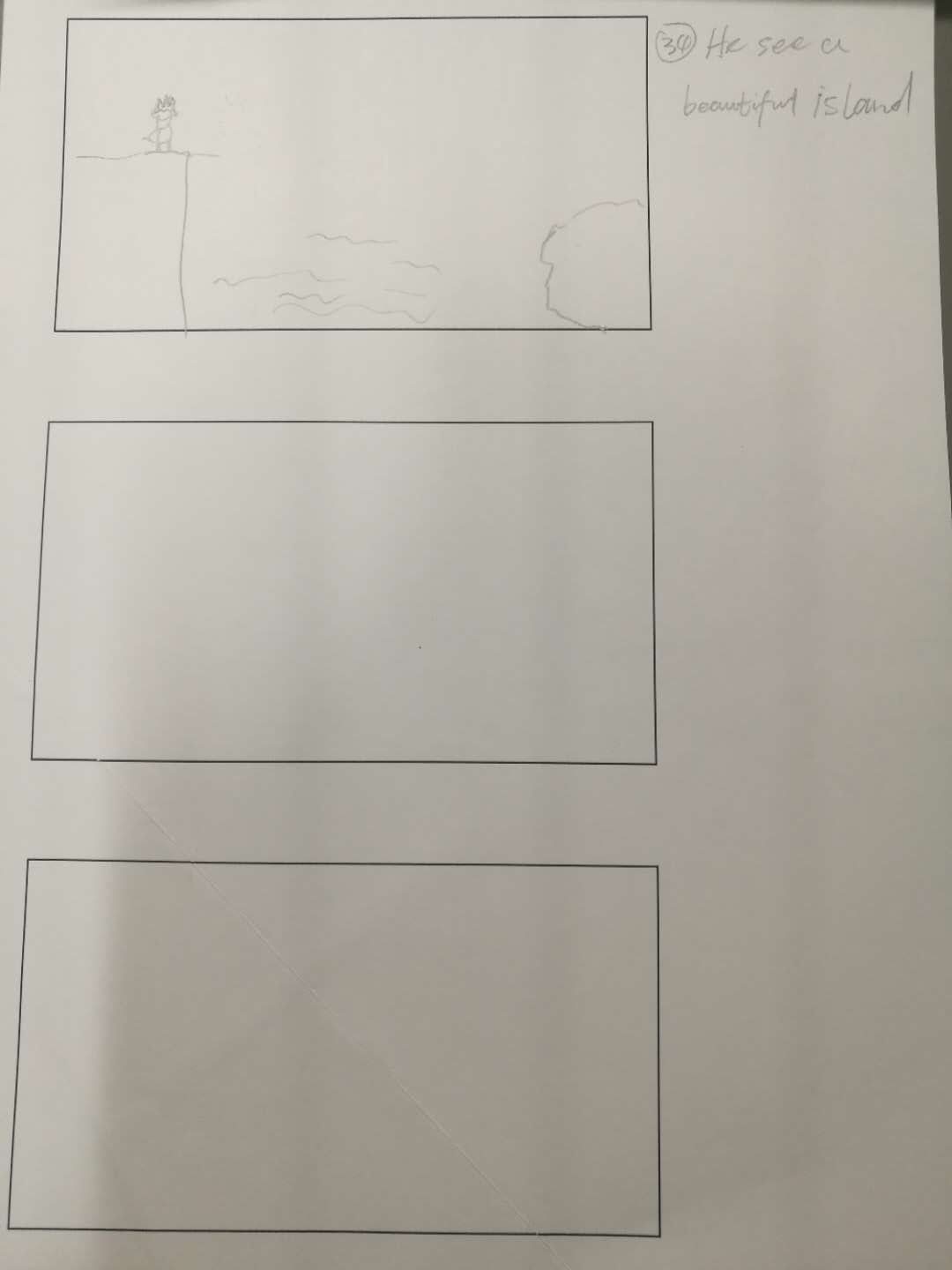When is comes to street photography, We must mention Cartier Bresson, the pioneer of candid photography. His work includes both mundane and historic, he views photography as decisive moment, and this theory has influenced a lot of photographers.
The brief Chronology from 1927-1950. When he was teenager, he started to learn drawing from his uncle. Then he start to learn painting from André Lhote. André Lhote is considered the Modern Masters of Cubism in the early twentieth century. Cubism was a revolutionary style of modern art developed by Pablo Picasso and Georges Braques. It was the first form of abstract art in 20th century.
In his geometric order, Bresson composed his photos with lines, curves and everything could contribute to make a photo poetic. It makes you feel there are multiple layers of space in the image. Spatial extension. To me, What a good photograph is the one, you can picture out more than what you see in the photo, It can leave the space for to imagine.
Spain .In 1933, Cartier-Bresson traveled to Spain with his newly purchased Leica camera and produced images that have proven to be powerful and enduring . Influenced by Cubism and Surrealism, Cartier-Bresson delicately combined artistic expression with humanist concerns to imbue his pictures of the apparent conflict in Spain with empathy and vitality. in 1937 during spain civil war, he returned to direct the documentary Victorie de la vie (Return to Life), which was created to support the Republican medical relief program
India.
Gandhi was the leader of the Indian independence movement against British rule.
after campaigning for India’s independence, was now dealing with the end of the violence between Hindus and Muslims. Cartier-Bresson had exclusive access to Gandhi, recording the activist’s hunger strike in protest of riots in which millions died. After the day He taking Gandhi’s portrait, Gandhi was assassinated on 30 January,1948. His photos of Gandhi become the witness of this historical event. The photographs Cartier-Bresson made in the aftermath of Gandhi’s death give a unique visual record of the event, His photo story the ‘Death of Gandhi’ embodies this dual-pronged approach, both acting to capture a significant historic moment and formally expressing the anguish and sorrow of the event.
China. Beijing. December 1948. Final days of the Kuomintang. A peasant, whose market has closed down and came to Beijing to sell his vegetables, sits to eat his provisions. A shopkeeper resigns to have nothing more to sell in his store.
In more than 40 years as a photographer, Cartier-Bresson wandered continually around the world. But there was nothing compulsive about his travels, and he explicitly expressed a desire to move slowly, to “live on proper terms” in each country, to take his time, so that he became totally immersed in the environment.
Robert Doisneau
Doisneau’s pictures focused on people by making the private and the personal visible. Because of the passion in street photography and the fond of Paris. He captured the spirit in the street, to present to the visitor in Paris, or pass these message out all over the world.
his most famous picture was staged, I feel sad about it. Because at that time he was urgently to take a series on‘the lovers of Paris’ to American publications and Life magazine. His photographs are closely associated with Paris at a time.His pictures have shaped the worlds perception of the Paris at that time,enchanting the reality.
Lee frieddlander
Friedlander’s subject matter includes street scenes, portraits, landscapes, interiors, still lifes, nudes, trees, self portraits. Many of his photographs feature with of store-front reflections, structures framed by fences, posters and street signs. Friedlander’s street photography captures the unexpected overlaps of light and content in urban landscapes.
Summary.This second is ephemeral and spontaneous, where the photography represents the essence of the event itself in another time and space.
Slide : PPT_wrm
Bibliography
- https://pro.magnumphotos.com/C.aspx?VP3=CMS3&VF=MAGO31_9_VForm&ERID=24KL53ZMYN
- http://www.haninafinearts.com/artists/andre_lhote#2
- https://www.theartpostblog.com/en/henri-cartier-bresson-photos/
- https://www.artsy.net/artwork/henri-cartier-bresson-seville-spain-2
- https://pro.magnumphotos.com/Catalogue/Henri-Cartier-Bresson/1948/CHINA-Beijing-December-1948-NN138306.html
- http://www.bbc.com/culture/story/20170213-the-iconic-photo-that-symbolises-love
- http://www.artnet.com/artists/lee-friedlander/21
- https://petapixel.com/2013/08/12/the-decisive-moment-and-the-human-brain/
- https://petapixel.com/2013/08/12/the-decisive-moment-and-the-human-brain/



